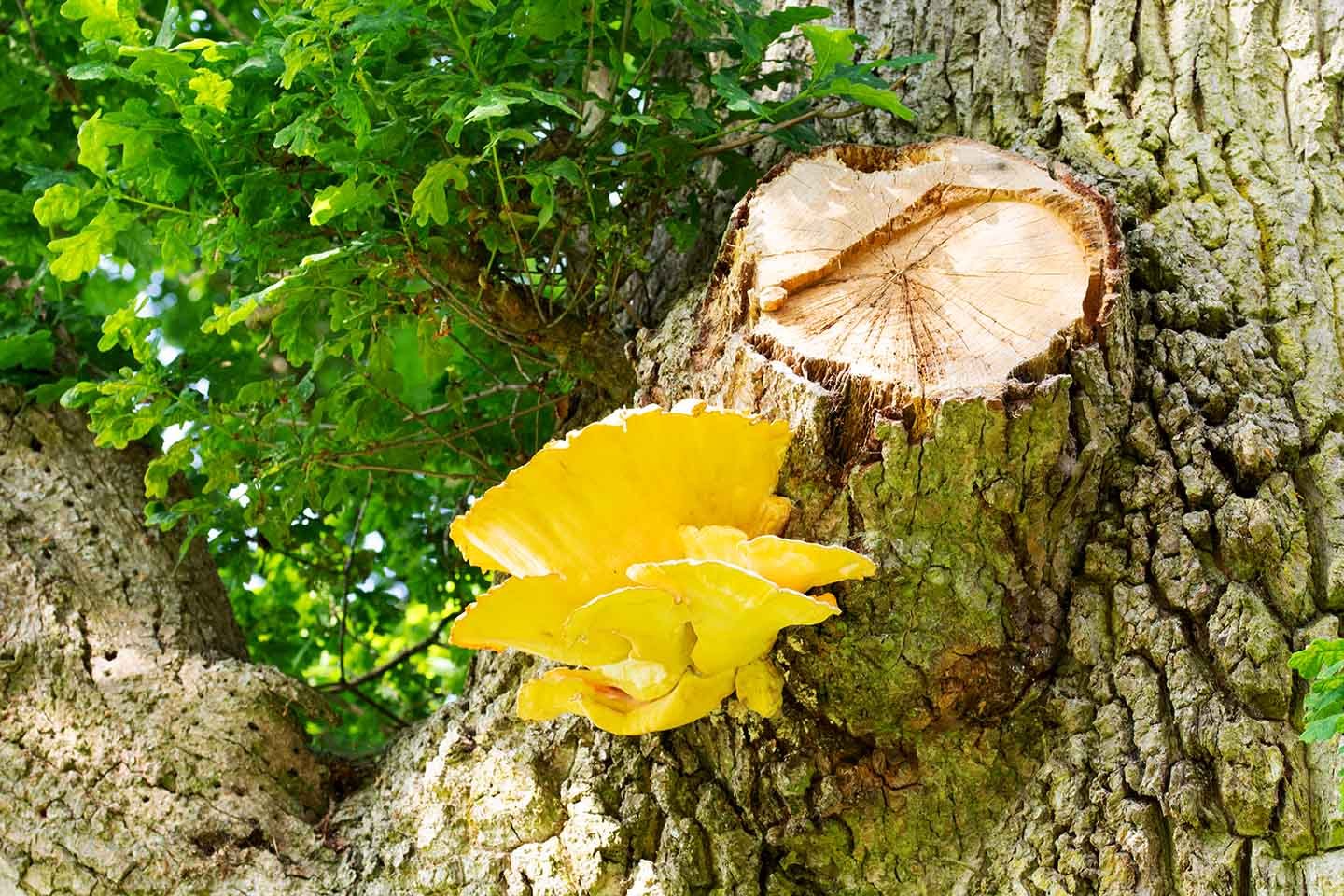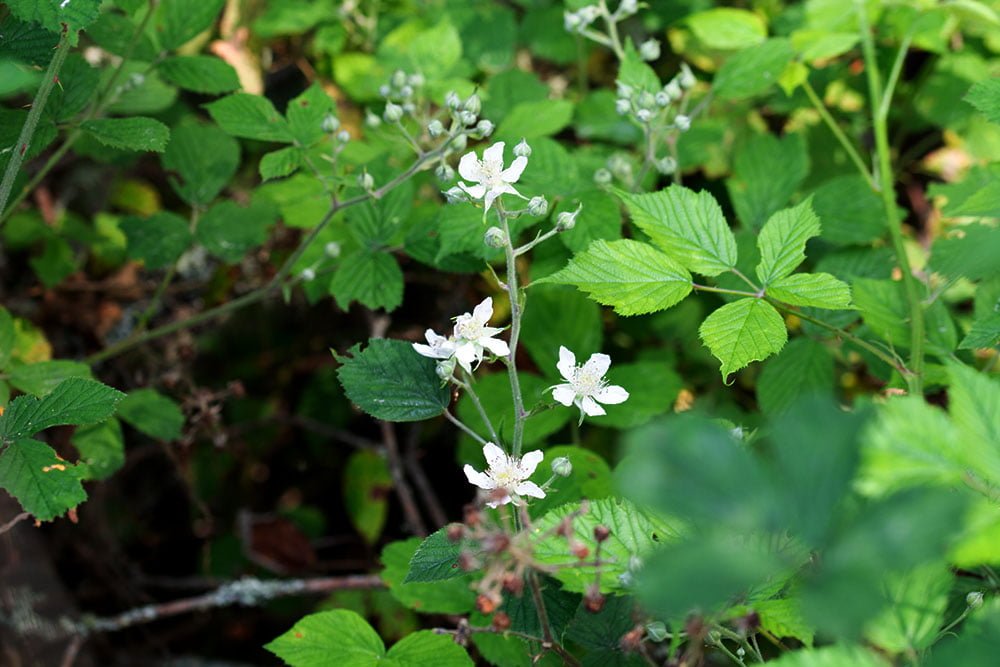Crane's-bill Geranium (Geranium sp.)
Common Knapweed (Centaurea nigra)

Nipplewort (Lapsana communis)
Greater Plantain (Plantago major)
Silverweed (Potentilla anserina)
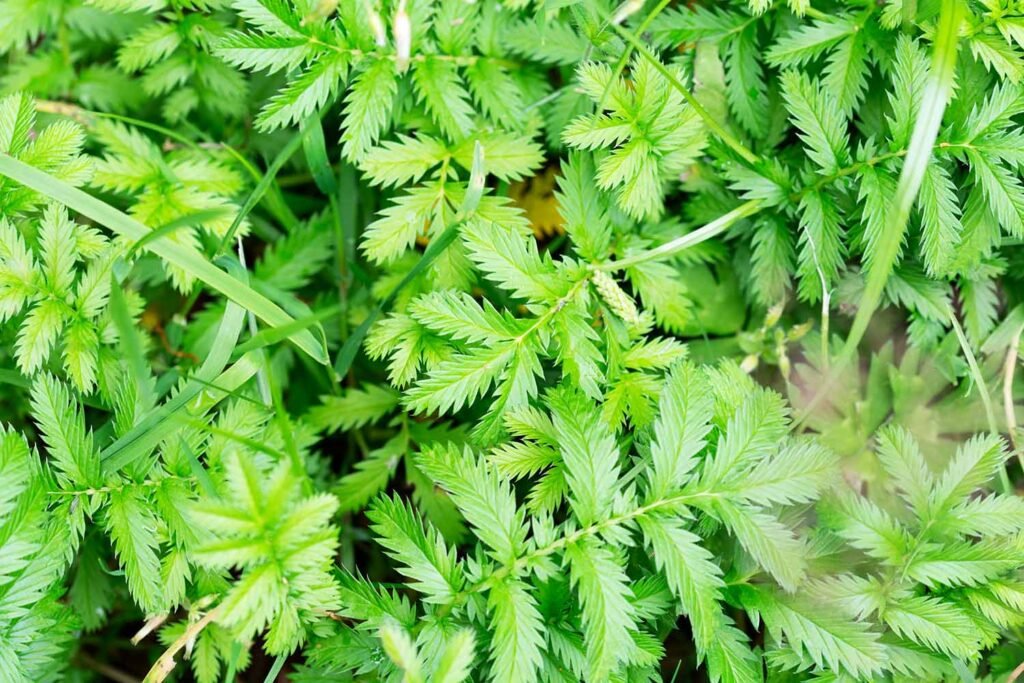
Ragwort (Senecio jacobaea)
Wood Avens (Geum urbanum)

Rosebay Willowherb (Chamaenerion angustifolium)
Wood Speedwell (Veronica montana)
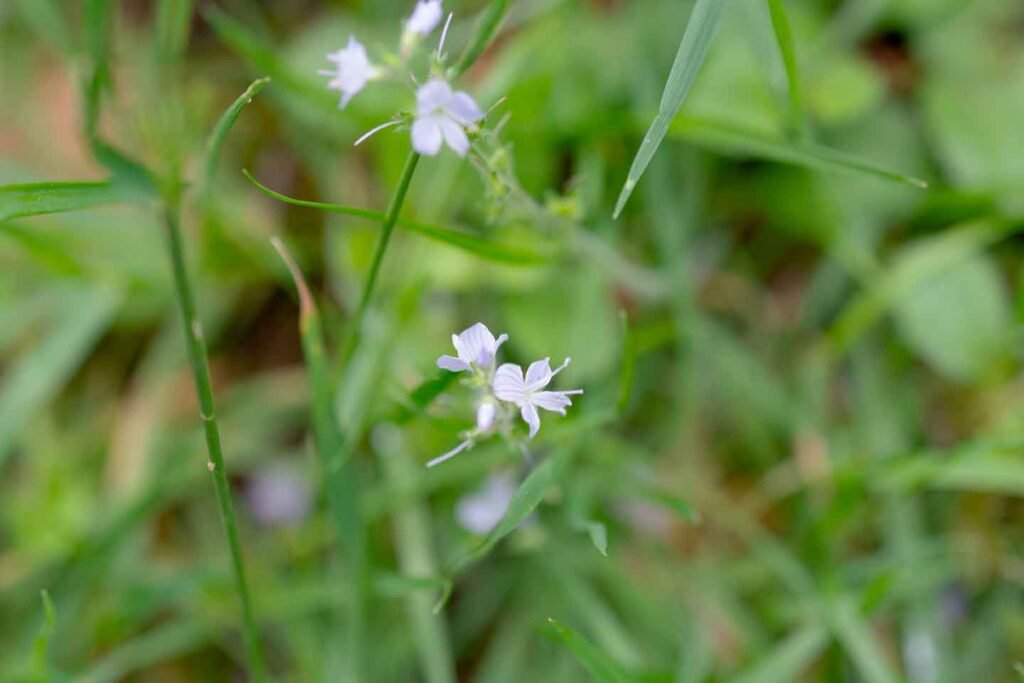
Yellow Loosestrife (Lysimachia vulgaris)
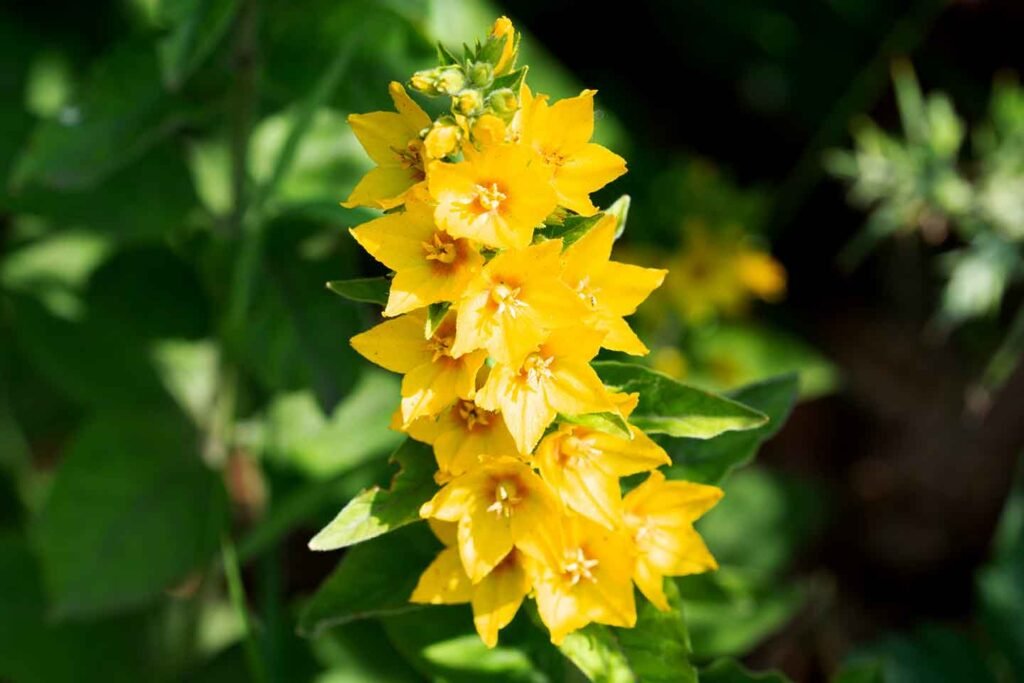
Pollen Beetle on Cat's-ear (Hypochaeris radicata)
Sweet Briar (Rosa rubiginosa)
Tormentil (Potentilla erecta)
Sulphur Polypore
Sulphur Polypore – Full Grown
Buttercup (Ranunculus sp.)
Self Heal (Prunella vulgaris)
Large Nettles (Urtica dioica)
Nettles in Flower (Urtica dioica)
Hypericum (Hypericum sp.)

Lesser Stitchwort (Stellaria graminea)
Heath Bedstraw (Galium saxatile)
Hogweed (Heracleum sphondylium)

Fairy Inkcap AKA Fairies Bonnets
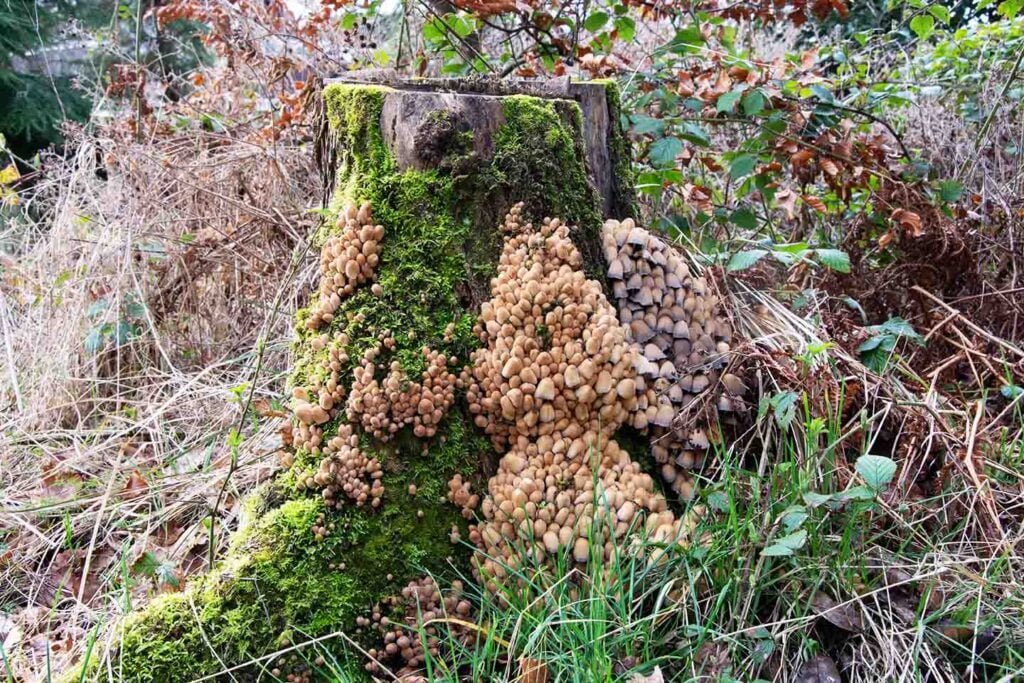
Docken Flowers (Rumex sp.)
Foxglove (Digitalis purpurea)
Bramble Flowers (Rubus fruticosus)
Insect on Bramble Flower (Rubus fruticosus)
Elderflower (Sambucus nigra)
Hedge Woundwort (Stachys sylvatica)
Sticky Willys also known as Cleavers (Galium aparine)
White Clover (Trifolium repens)
Birds Foot Trefoil (Lotus corniculatus)
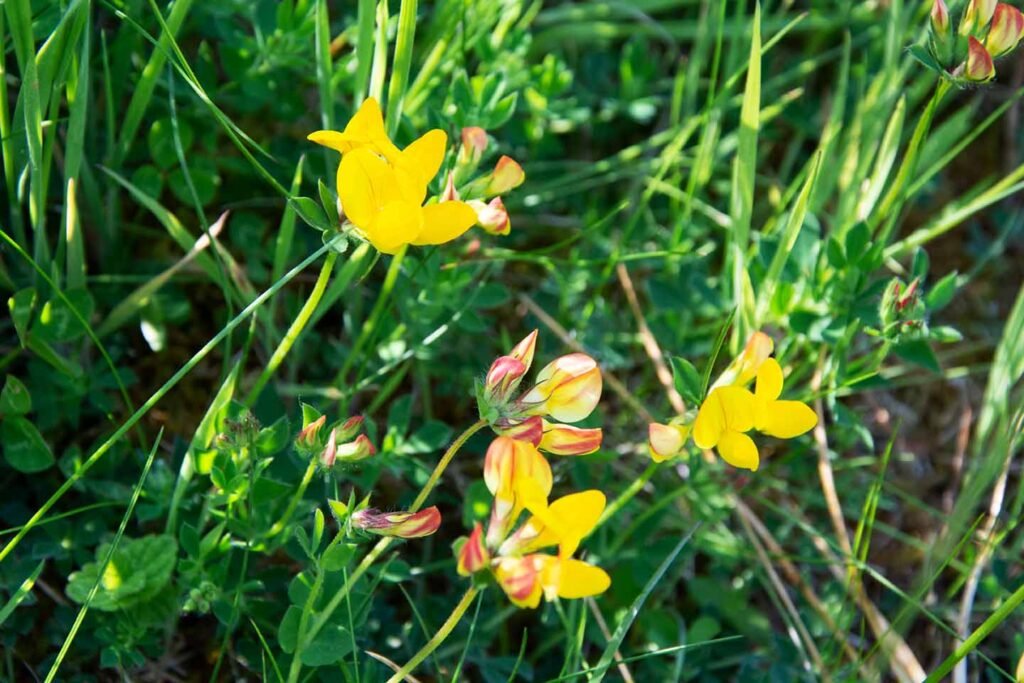
Broad Leaved Willowherb (Epilobium montanum)
Rowan Flowers (Sorbus aucuparia)
Holly Flowers (Ilex aquifolium)
Hawthorn Flowers
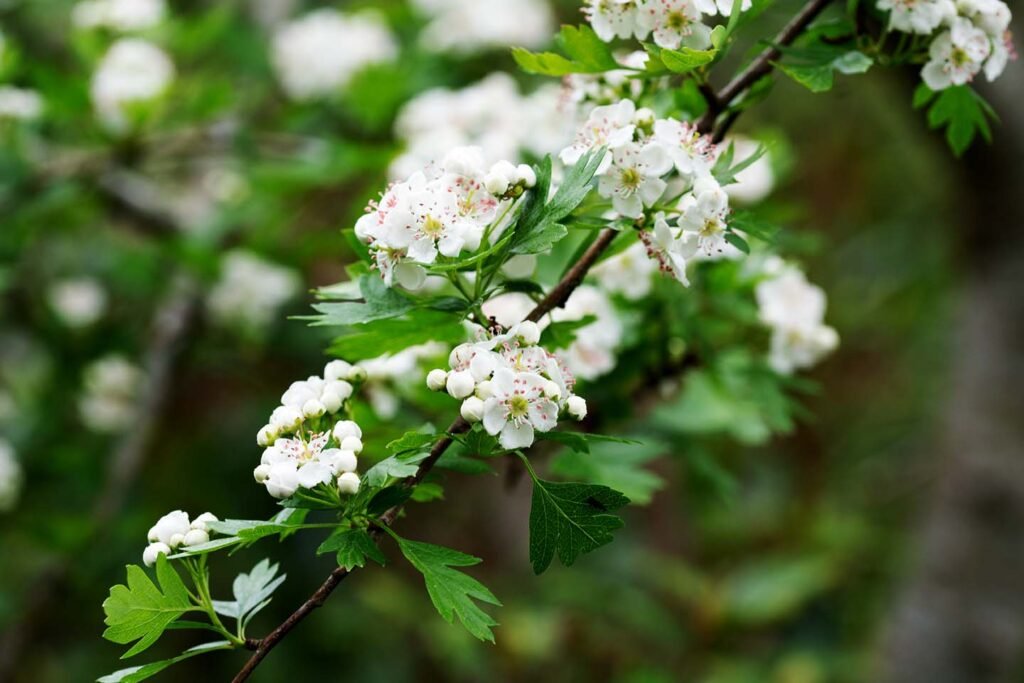
Ribwort Plantain
Pignut and Cocksfoot Moths
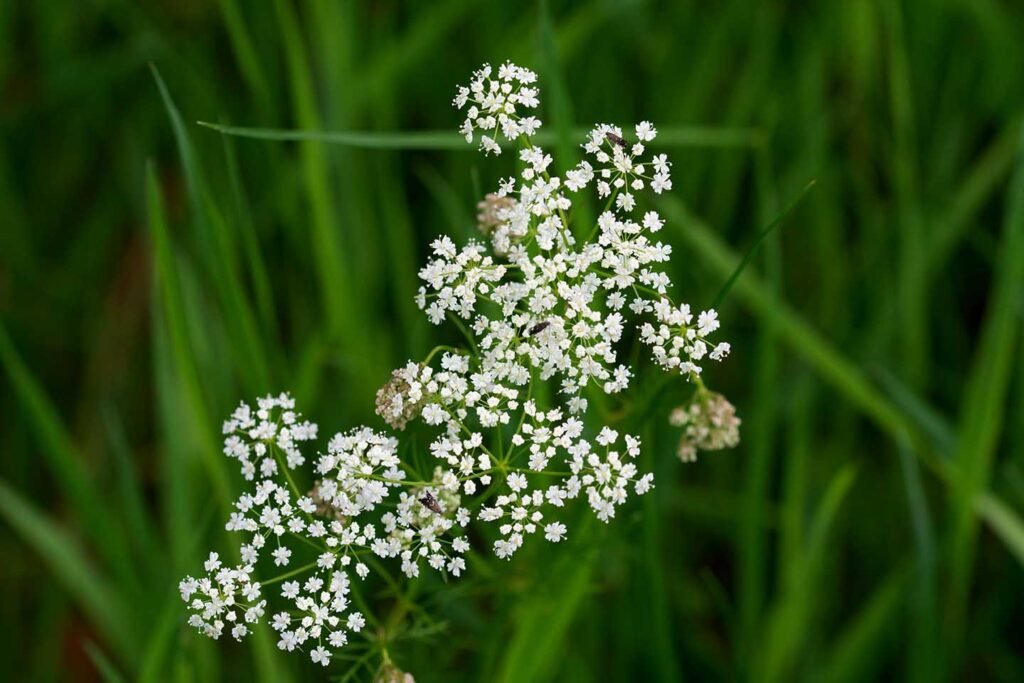
Cobweb on Great Wood Rush
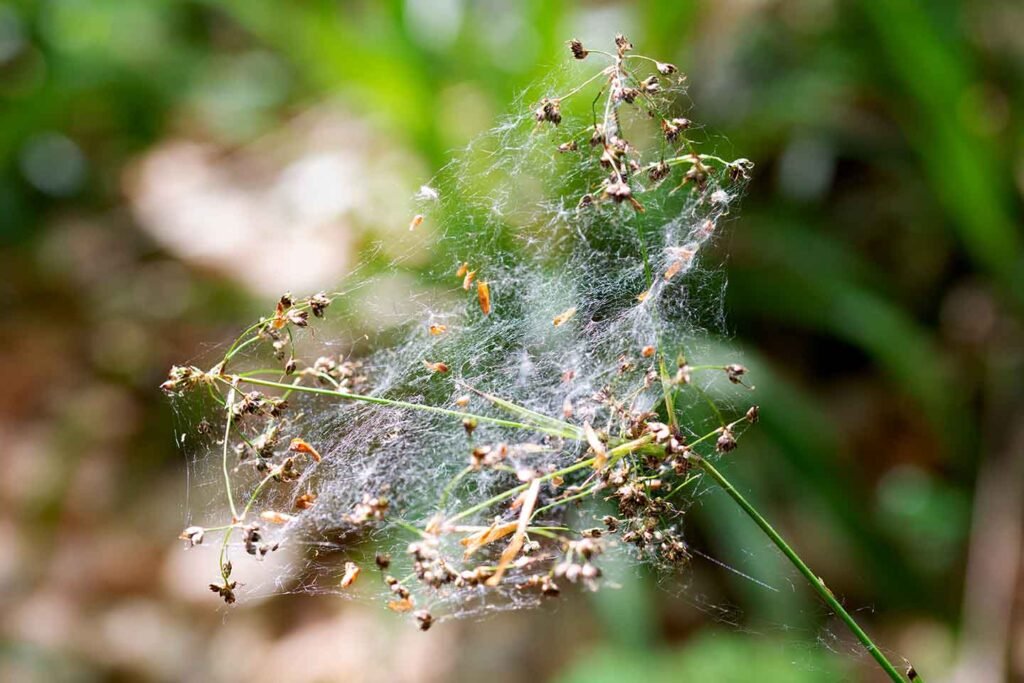
Garlic Mustard
Dog Violet
Daisies
Cuckooflower
Cow Parsley

Bugle
Bee On Vetch
Crab Apple

Lesser Celandine
Chickweed
Dandelions
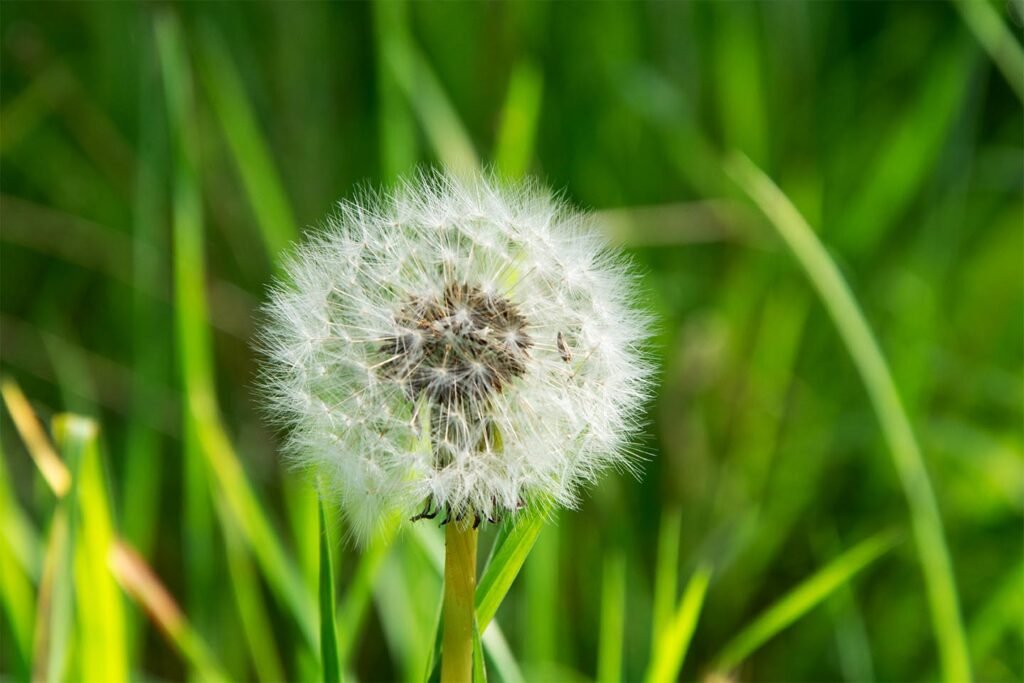
Bracken
Great Wood-Rush
Grape Hyacinth
Greater Stitchwort

Chickweed - Wintergreen
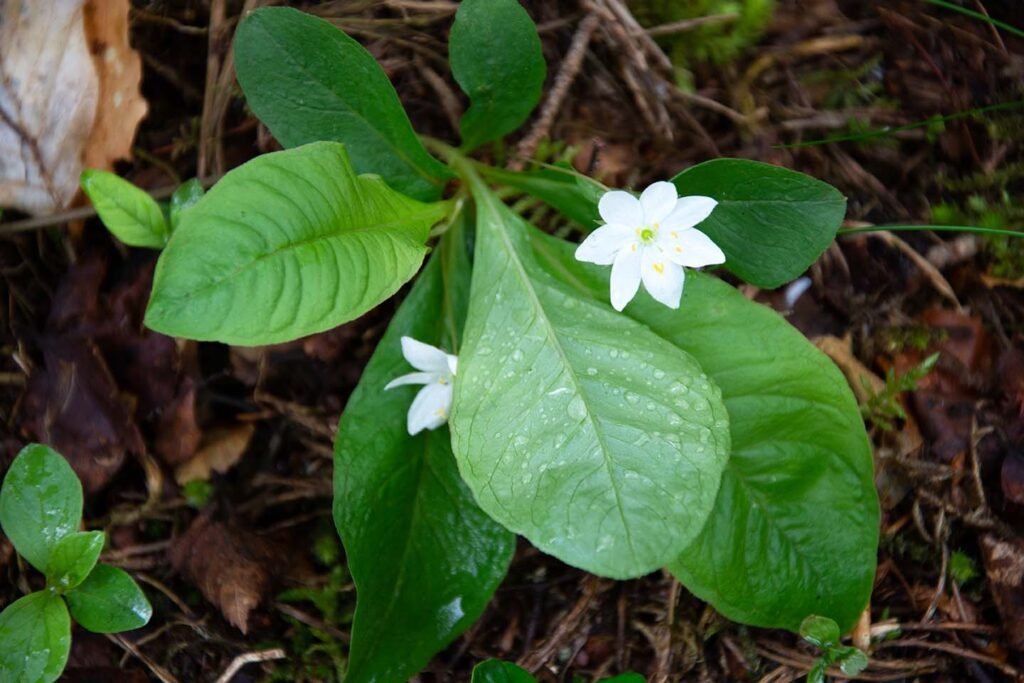
Germander Speedwell
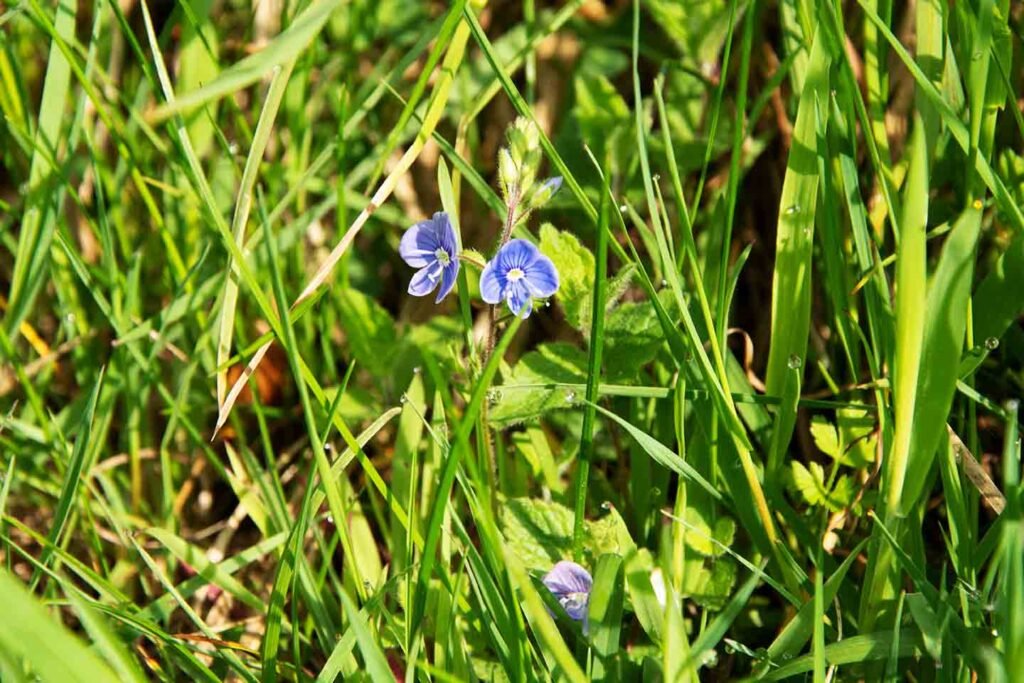
Tuberous Comfrey

Wood Sorrel
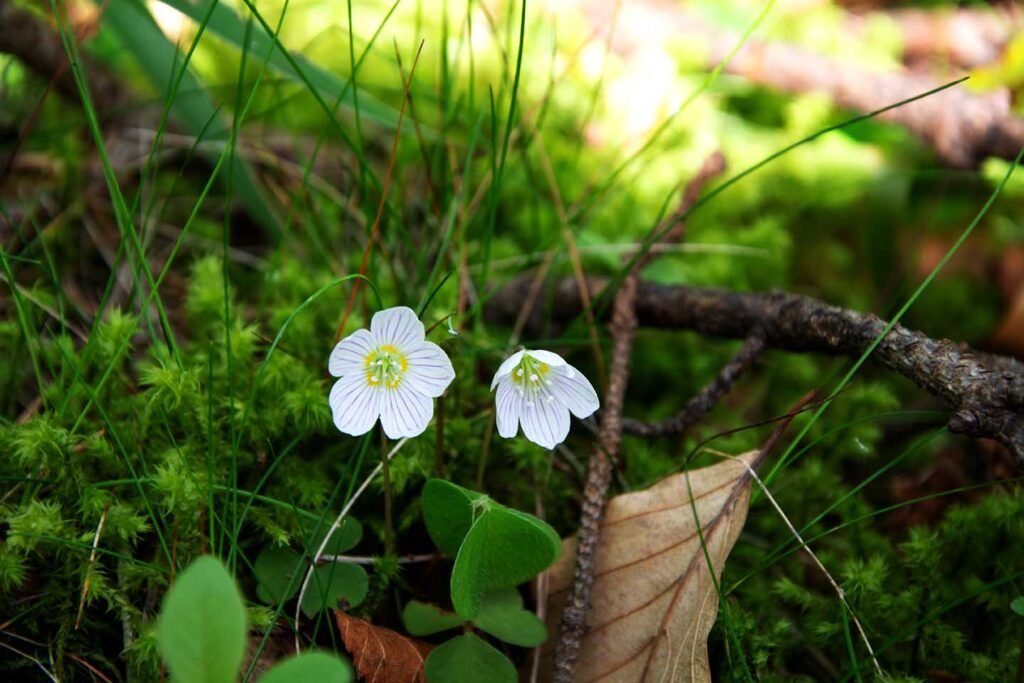
Hoof Fungi
Whin And Bee
Bluebells


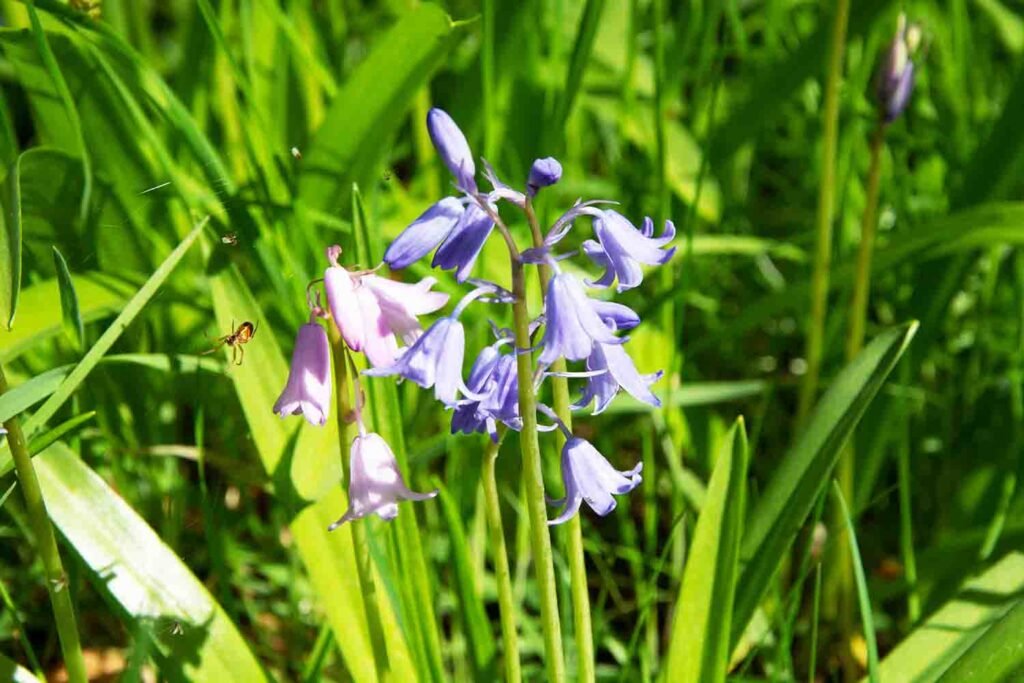
Blaeberries
Oyster Mushrooms
Downy Birch Catkins

Goat Willow - Female Catkins
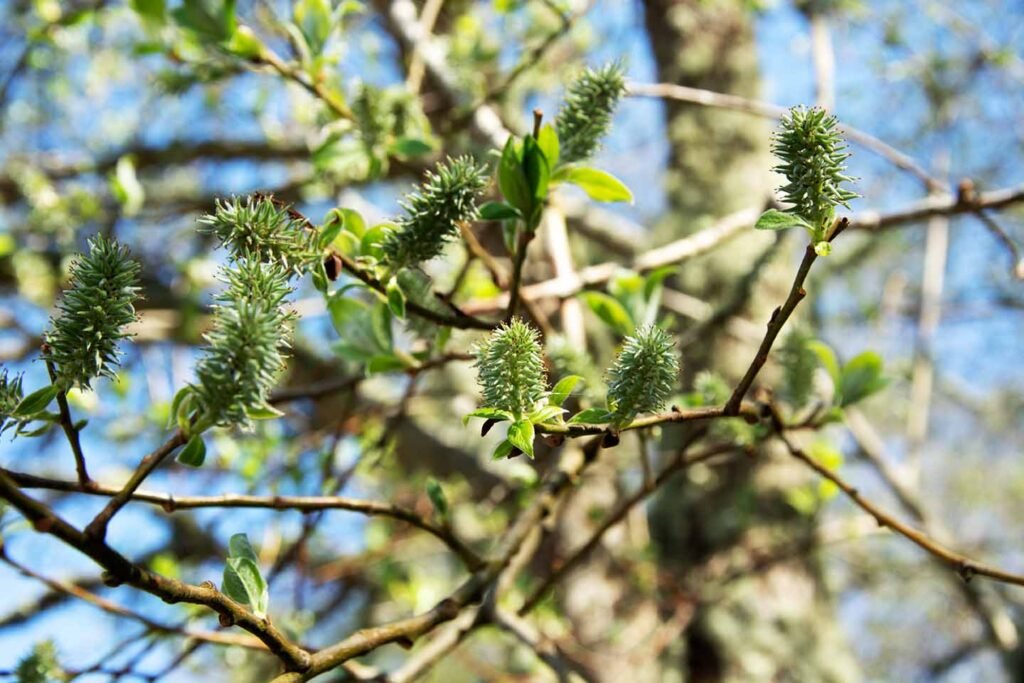
Black Berries
Orange Lichen
Birch Polypore
References:
I have used the following reference books and websites extensively. Without them you would have had a page of photos with very little else.
Plant Atlas – https://plantatlas2020.org/atlas/2cd4p9h.ff9
Scott, M (1995), “Scottish wild flowers”, Collins Guide
Rose, F (1981), reissued 1991, “The wild flower key – British Isles – NW Europe”, London: Penguin Books Ltd
Fitter, R, Fitter, A and Blamey M (1978), 2nd Edition, “The wild flowers of Britain and Northern Europe”, Glasgow: William Collins Sons and Co Ltd
If you want to visit the official Maryburgh Community Woodland site please click on this link
This blog was originally published on:
20 April 2023
and subsequently modified on:
4 November 2024

